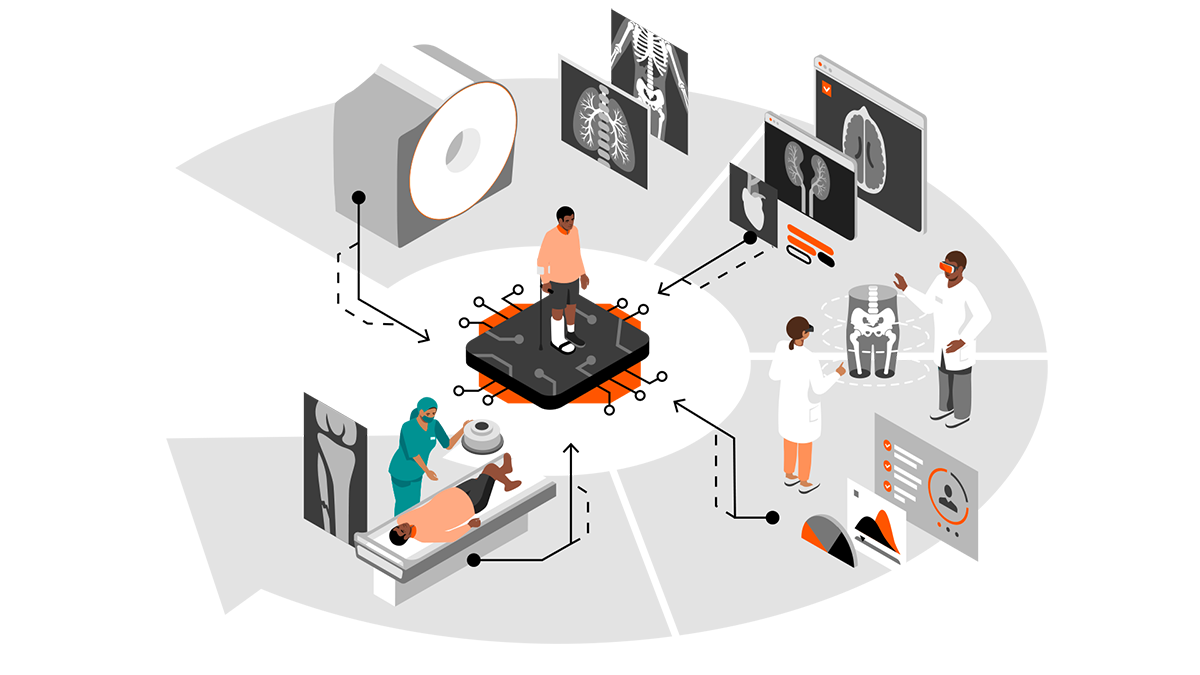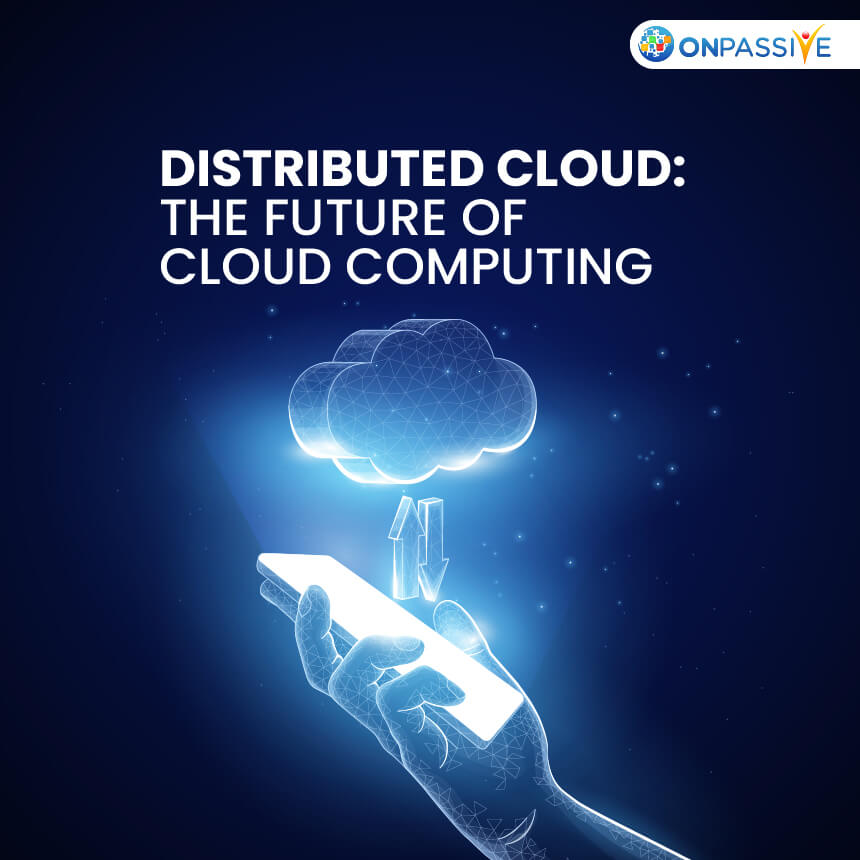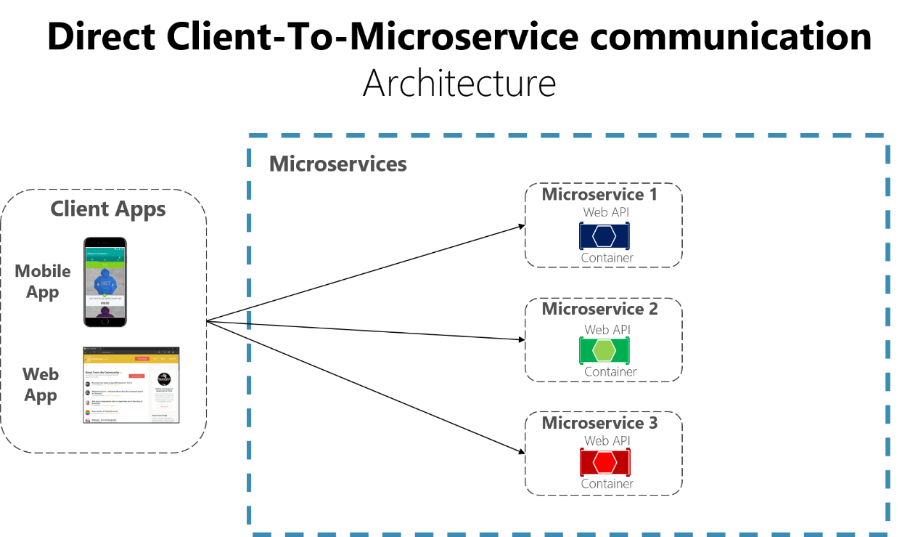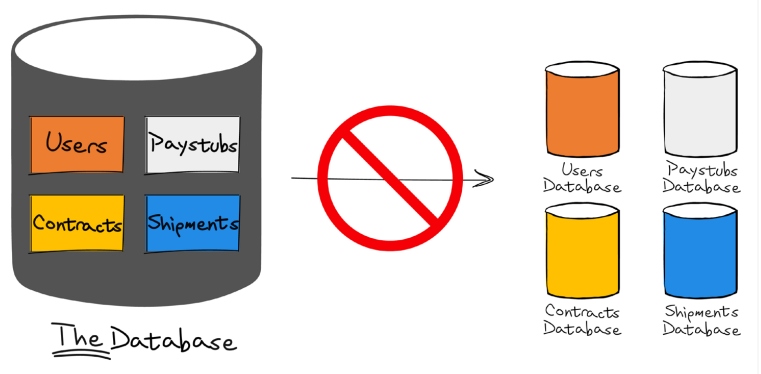5 Signs That You’re a Great Developer

Programming directly changes your brain to work in another way, you’re starting
to think more algorithmically and solve problems faster, so it really affects
other aspects of your life Good programmers not only can learn anything else
much faster, especially if we’re talking about tech-related directions, but also
they are great examples of entrepreneurs and CEO. Look at Elon Musk, for
instance, he was a programmer and built his own game when he was 12. ... As we
briefly discussed previously, programming encourages creative thinking and
teaches you how to approach problems in the most effective way. But in order to
do so, you must first be able to solve a lot of these difficulties and have a
passion for doing so; only then will you probably succeed as a developer. If
you’ve just started and thought that easy, then you’re completely wrong. You
just haven’t figured out genuinely challenging problems, and the more you learn,
the more difficult and complex the difficulties get. Because you need to not
only solve it, but also solve it in the most effective way possible, speed up
your algorithm, and optimize everything.
Experimental WebTransport over HTTP/3 support in Kestrel
WebTransport is a new draft specification for a transport protocol similar to
WebSockets that allows the usage of multiple streams per
connection. WebSockets allowed upgrading a whole HTTP TCP/TLS connection to
a bidirectional data stream. If you needed to open more streams you’d spend
additional time and resources establishing new TCP and TLS sessions. WebSockets
over HTTP/2 streamlined this by allowing multiple WebSocket streams to be
established over one HTTP/2 TCP/TLS session. The downside here is that because
this was still based on TCP, any packets lost from one stream would cause delays
for every stream on the connection. With the introduction of HTTP/3 and QUIC,
which uses UDP rather than TCP, WebTransport can be used to establish multiple
streams on one connection without them blocking each other. For example,
consider an online game where the game state is transmitted on one bidirectional
stream, the players’ voices for the game’s voice chat feature on another
bidirectional stream, and the player’s controls are transmitted on a
unidirectional stream.

Software builders across Amazon require consistent, interoperable, and
extensible tools to construct and operate applications at our peculiar scale;
organizations will extend on our solutions for their specialized business
needs. Amazon’s customers benefit when software builders spend time on novel
innovation. Undifferentiated work elimination, automation, and integrated
opinionated tooling reserve human interaction for high judgment
situations. Our tools must be available for use even in the worst of
times, which happens to be when software builders may most need to use them:
we must be available even when others are not. Software builder
experience is the summation of tools, processes, and technology owned
throughout the company, relentlessly improved through the use of
well-understood metrics, actionable insights, and knowledge
sharing. Amazon’s industry-leading technology and access to top experts
in many fields provides opportunities for builders to learn and grow at a rate
unparalleled in the industry. As builders we are in a unique position to
codify Amazon’s values into the technical foundations; we foster a culture of
belonging by ensuring our tools, training, and events are inclusive and
accessible by design.
The Troublemaker CISO: How Much Profit Equals One Life?
We take for granted that those who are charged with protecting us are doing so
with our best interest at heart. There is no shaving off another few cents
just to increase value to shareholders over the life of a person. Lucky for
me, there is a shift in the boardrooms and governing bodies to see how
socially responsible you are and whether you are acting in the best interest
of the people and not just the investors. If the members of the board and
governing body are considering these topics when steering a business, isn't it
time to relook at how and why we do things? Are we as CISOs not accountable to
leadership to impress on them the risk that IOT/internet connectivity poses to
critical networks - and especially to healthcare? It is time to be firm in
expressing the risk and saying we would rather spend a bit more money and time
and do it the safe way. And this should be listed as the top risk in the
company. The other big issue I have with this type of network being connected
is one of transparency.
Digital Twins Offer Cybersecurity Benefits

A key difficulty, from a cybersecurity perspective, is the fact drug
production lines are made up of multiple different technologies, running
different operating systems that are often provided by different suppliers.
“Integrating multiple systems from different suppliers can provide expanded
attack surface that can be exploited by cyber adversary,” continues Mylrea. To
address this, Mylrea and Grimes developed what they refer to as “biosecure
digital twins”—replicas of manufacturing lines they use to identify potential
points of attack for hackers. “The digital twin is essentially a high-fidelity
virtual representation of critical manufacturing processes. From a security
perspective, this improves monitoring, detection, and mitigation of stealthy
attacks that can go undetected by most conventional cybersecurity defenses,”
explains Mylrea. “Beyond security, the biosecure digital twin can optimize
performance and productivity by detecting when critical systems deviate from
their ideal state and correct in real time to enable predictive maintenance
that prevent costly faults and safety failures.”
Unlocking cyber skills: This year’s essential back-to-school lesson plan
Technology is continually advancing, which will only create more avenues for
cybersecurity roles in the future. While it’s essential to inform students
about the types of careers in cybersecurity, teachers and career advisors
should be aware of the skills and qualities the sector needs beyond technical
computer and software knowledge. Once this is achieved, it can shed light on
the roles students can go onto. Technical skills are critical in
cybersecurity, yet they can be learned, fostered, and evolved throughout a
student’s career. Schools need to tap into individual students’ strengths in
hopes of encouraging them to pursue cyber positions. Broadly, cybersecurity
enlists leaders, communicators, researchers, critical thinking… the list goes
on. Having the qualities needed to fulfil various roles in the industry can
position a student remarkably when they first start in the industry. Yet, this
comes down to their mentors in high school being able to communicate that a
student’s inquisitive nature or presenting skills can be applied to various
sectors.
Data literacy: Time to cure data phobia

Data literacy is an incredibly important asset and skill set that should be
demonstrated at all levels of the workplace. In simple terms, data literacy is
the fundamental understanding of what data means, how to interpret it, how to
create it and how to use it both effectively and ethically across business use
cases. Employees who have been trained in and applied their knowledge of how
to use company data demonstrate a high level of data literacy. Although many
people have traditionally associated data literacy skills with data
professionals and experts, it’s becoming necessary for employees from all
departments and job levels to develop certain levels of data
literacy. The Harvard Business Review stated: “Companies need more people
with the ability to interpret data, to draw insights and to ask the right
questions in the first place. These are skills that anyone can develop, and
there are now many ways for individuals to upskill themselves and for
companies to support them, lift capabilities,and drive change. Indeed, the
data itself is clear on this: Data-driven decision-making markedly improves
business performance.”
To BYOT & Back Again: How IT Models are Evolving

The growing complexity of IT frameworks is startling. A typical enterprise has
upwards of 1,200 cloud services and hundreds of applications running at any
given moment. On top of that, employees have their own smartphones, and many
use their own routers and laptops. Meanwhile, various departments and groups
-- marketing, finance, HR and others -- subscribe to specialized cloud
services. The difficulties continue to pile up -- particularly as CIOs look to
build out more advanced data and AI frameworks. McKinsey & Company found
that between 10% and 20% of IT budgets are devoted to adding more technology
in an attempt to modernize the enterprise and pay down technical debt. Yet,
part of the problem, it noted, is “undue complexity” and a lack of standards,
particularly at large companies that stretch across regions and countries. In
many cases, orphaned and balkanized systems, data sprawl, data silos, and
complex device management requirements follow. For CIOs seeking simplification
and tighter security, the knee-jerk reaction is often to clamp down on choices
and options.
IT leadership: What to prioritize for the remainder of 2022

To deliver product-centric value, it’s best to have autonomous,
cross-functional teams running an Agile framework. Those teams can include
technical practitioners, design thinkers, and business executives. Together,
they can increase business growth by as much as 63%, Infosys’ Radar report
uncovered. Cross-pollination efforts can spread Agile across the entire
enterprise, building credibility and trust among high-level stakeholders
toward an iterative process that can deliver meaningful, if incremental,
business results. Big-bang rollouts, with a raft of modernizations released in
one fell swoop, may seem attractive to management or other stakeholders. But
they carry untold risk: developers scrambling to fix bugs after the fact,
account teams working to retain disgruntled customers. Approach cautiously,
and consider an Agile roadmap of smaller, iterative developments instead of
the momentous release. It also breaks down the considerable task of
application modernization into smaller, bite-sized chunks.
How Policy-as-Code Helps Prevent Cloud Misconfigurations
Policy-as-code is a great cloud configuration solution because it eliminates
the potential for human error and makes it more difficult for hackers to
interfere. Policy compliance is crucial for cloud security, ensuring that
every app and piece of code follows the necessary rules and conditions. The
easiest way to ensure nothing slips through the cracks is to automate the
compliance management process. Policy-as-code is also a good choice in a
federated risk management model. A set of common standards are applied across
a whole organization, although departments or units retain their own methods
and workflows. PaC fits seamlessly into this high-security system by scaling
and automating IT policies throughout a company. Preventing cloud
misconfiguration relies on effectively ensuring every app and line of code is
adhering to an organization’s IT policies. PaC offers some key benefits that
make this possible without being a hassle. Policy-as-code improves the
visibility of IT policies since everything is clearly defined in code
format.
Quote for the day:
"Without courage, it doesn't matter
how good the leader's intentions are." -- Orrin Woodward


































/2022/09/21/image/jpeg/gDXGTTprNtIwME2brvsIbvXCQuTYgiMbSRTzQVHh.jpg)




